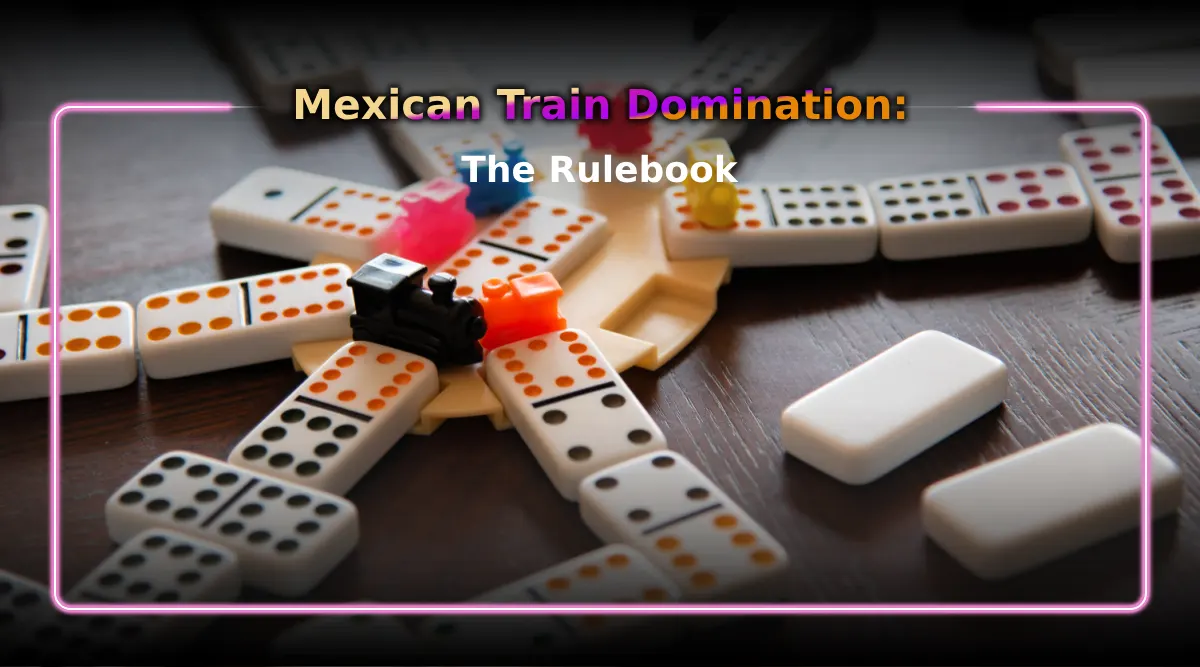
Mexican Dominoes, also known as “Train”, is a game that has captivated players for generations and that offers a blend of strategy and luck, making it a staple in gatherings and online gaming communities. Originating from traditional dominoes, this variant has gained immense popularity among players who enjoy the thrill of casino table games from the comfort of their homes. Understanding the nuances of Mexican Dominoes rules is crucial for anyone looking to excel in this engaging game, which combines elements of traditional dominoes with unique twists. The rules, often confused with the Domino QQ Rules, bring an exciting challenge to both novice and experienced players, emphasizing the importance of strategy over mere chance.
Mexican Dominoes Rules: A Train of Exciting Titles
According to the Mexican Dominoes rules, the primary goal in Train is to be the first player to place all your dominoes on the layout, or trains, using strategic play and timely placement. This game, a celebrated part of casino table games, requires skillful planning and quick thinking, making it an exhilarating challenge for players.
To start, you’ll need a set of double-twelve dominoes, typically consisting of 91 tiles. Each player draws a certain number of dominoes for their hand, and the remaining pieces form the “boneyard,” used for drawing extra tiles. The centerpiece of the game is the “station,” from which individual “trains” (lines of dominoes) branch out.
Familiarity with basic terms is essential:
Boneyard
The pool of undrawn dominoes.
Double
A domino with identical ends that triggers specific actions in the game.
Engine
The initial double domino that begins the Mexican Train.
Marker
An indicator that a player’s train is open for others to play on.
Train
A line of dominoes that extend from the central station.













